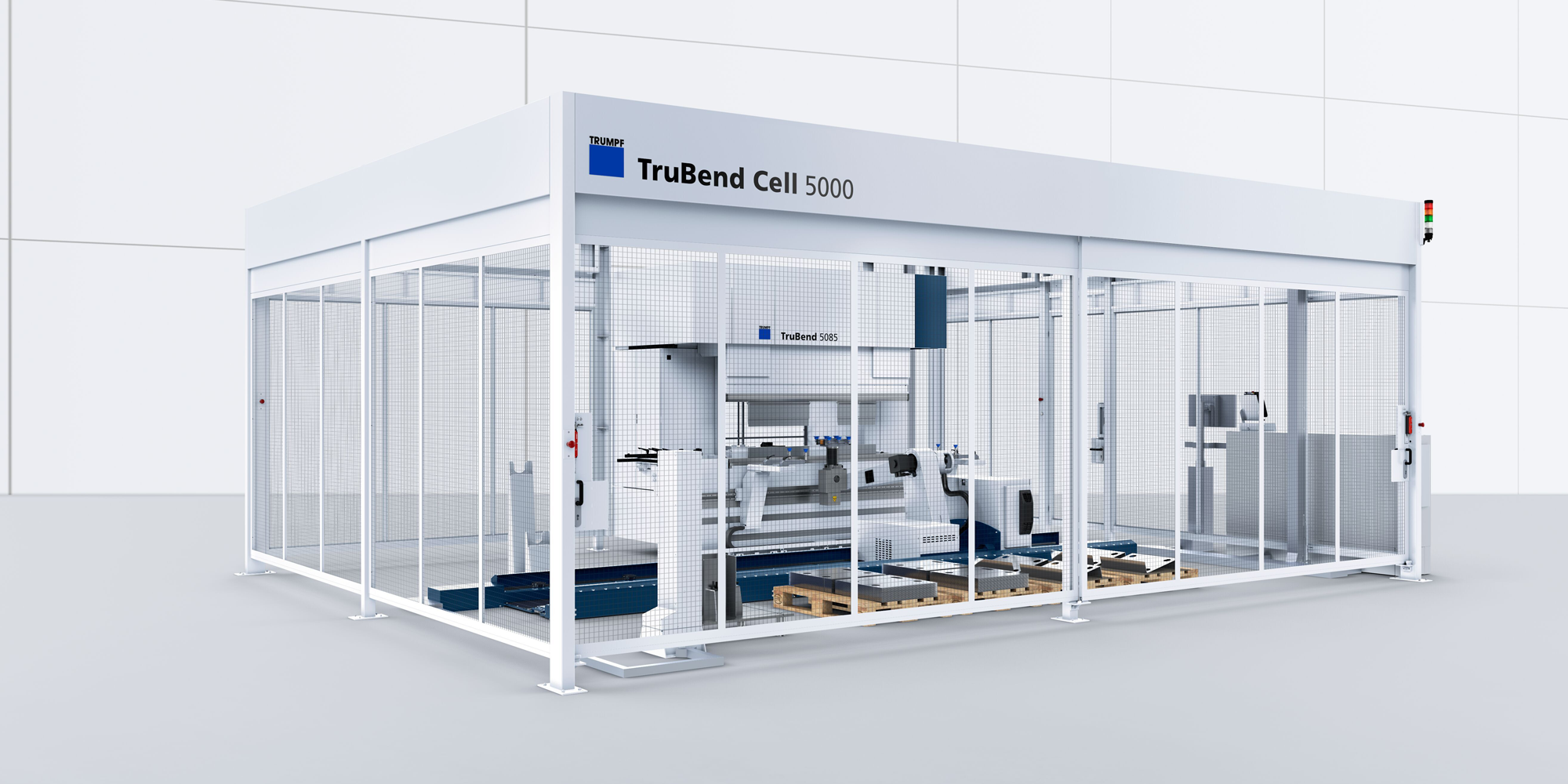
Telekom and Trumpf have been cooperating for several weeks in the field of positioning systems for the networked industry. The solution is based on 5G Campus Edge environment and Omlox standard.
Whether tools, machines or material supplies: Trumpf’s indoor localization solution determines the position of objects in production halls and warehouses in real time. This avoids time-consuming searches on factory floors – manufacturing and logistics processes become more efficient and easier to plan. As part of a joint project, Deutsche Telekom and Trumpf have now succeeded in operating the positioning technology solution in a 5G campus network.
In the future, companies will be able to flexibly and cost-effectively set up their localization systems with this 5G-supported ultra-wideband technology and adapt them to their production. The plan is to jointly market the product next year.
“The cooperation between Trumpf and Deutsche Telekom vividly demonstrates the synergies that are unleashed when leading companies in innovation-driving industries work together,” emphasizes Claudia Nemat, Chief Technology and Innovation Officer at Deutsche Telekom. “Our high-performance 5G campus networks in combination with digital industrial applications hold enormous potential for efficiency gains in industry. The implemented localization solution is just the beginning of our joint collaboration.”
“Germany occupies a leading position worldwide as a business location in mechanical and plant engineering. As a leading user and leading provider of digitally networked solutions, we can further expand this role. Strong, cross-industry partnerships like this are the key to achieving this,” adds Peter Leibinger, Chief Technology Officer at Trumpf.
Locating with centimeter accuracy thanks to omlox
For real-time location of objects on a factory floor, moving objects such as pallets or industrial trucks are tagged with tags that emit ultra-wideband (UWB) radio waves. Receivers, also called satellites, use these radio waves to locate the position with an accuracy of up to 10 to 30 cm. The special thing about it is that the technology is based on the omlox standard. This allows terminal devices from different manufacturers to be combined and used together. The UWB locating solution is particularly suitable for demanding industrial applications.
5G-based positioning solution for flexible manufacturing
Data from the Omlox satellites was previously transmitted via hard wiring. However, flexible production, especially for small series and prototype production, requires regular changes in the manufacturing and assembly concepts. Accordingly, the IT infrastructure, including the localization system, must also be able to be adapted. But until now, hard wiring has hindered such short-term adaptation. The solution now being tested by Telekom and Trumpf instead uses a mobile 5G campus network to transmit data from the satellites – with equally good performance. This allows the localization infrastructure to be installed and repositioned within a factory floor at a lower cost and with less effort.
Omlox standard on the edge cloud
The jointly implemented solution uses the 5G Campus network for data transmission to an edge cloud service from T-Systems. In the local cloud, edge computing is used to calculate the position of the transmitter, for example in a production hall. The position is made available to customer applications via the standardized Omlox software interface. This can be, for example, a visualization on a map or the digital 3D replica of the production hall (digital twin). Omlox stands for “Open Location Standard” and is an interoperable standard for industrial location solutions. This Omlox standard enables the localization of forklifts, drones, automated guided vehicles or tools from different manufacturers with only one infrastructure. Position data can thus be used much more widely in the factory. Users can also locate devices with high precision inside buildings.
Web:
www.trumpf.com



